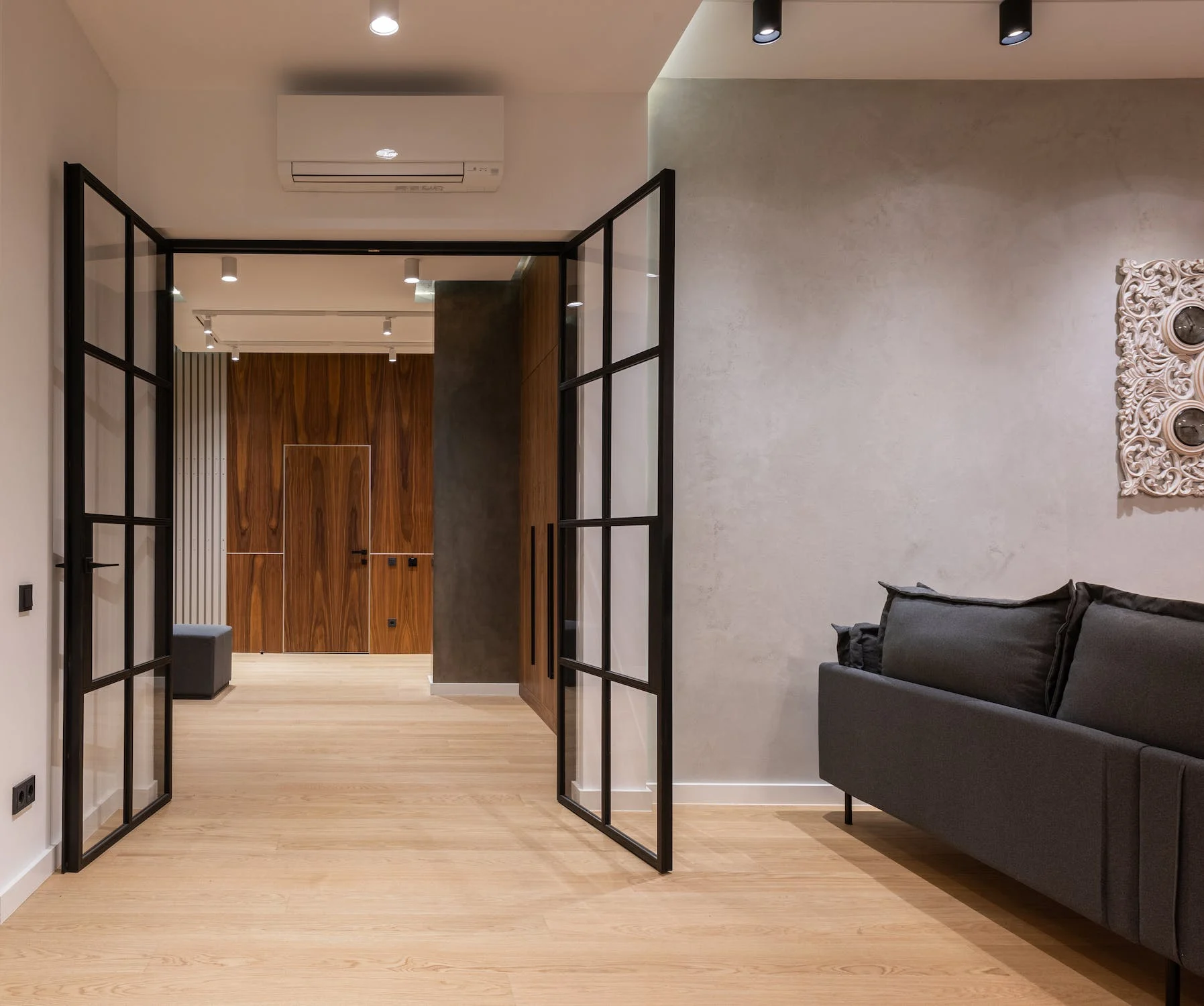
07 Oct Properly Removing Water Which Does Not Belong
Water intrusion can be caused by a roof leak, a plumbing leak or water getting into a basement. These tips can help you reduce the risk of getting in touch with germs or other harmful organisms that could cause infection when faced with water intrusion.
Get started now
If possible, locate the source of the leak, repair it, and dry the affected areas within 48 hours of the intrusion. Drying damp areas can help reduce the likelihood of mold and fungi developing.
Mold and fungi can cause illness, especially for those with allergies or respiratory problems. You may need to consult a professional to remove the water.
Keep safe
Protect your eyes with gloves and a mask.
- Mold removal: For molds that exceed 25 square feet, it is best to contact professionals for their removal. If you are able to clean up less than 25 feet of mold, you should have the right equipment. The Federal Emergency Management Agency (FEMA), lists the materials and methods you will need to clean up mold.
- How to deal with flooding? Standing water that is stagnant can pose a danger for your health. The water could cause skin irritations and even lead to tetanus by clogging the pores. Protect yourself and your loved ones against tetanus by staying current on your tetanus vaccination (make sure you have had it within the last 10 years), and wearing long-sleeved shirts during clean-up. Mozzie bites are another risk from standing water. When working in these areas, make sure you use insect repellent.
Keep it clean
Check for mold in problem areas such as bathrooms, laundry rooms, and mechanical rooms. To prevent mold and mildew growth, disinfect these areas with a 10% bleach solution.
A solution containing 1.25 to 1.5 cups bleach per gallon of water will give you the best results. Mixing ammonia with chlorine bleach can cause toxic fumes.
Coastline can help you with all your cleaning needs, including heating, ventilation and air conditioning (HVAC), to recover from water intrusions.

